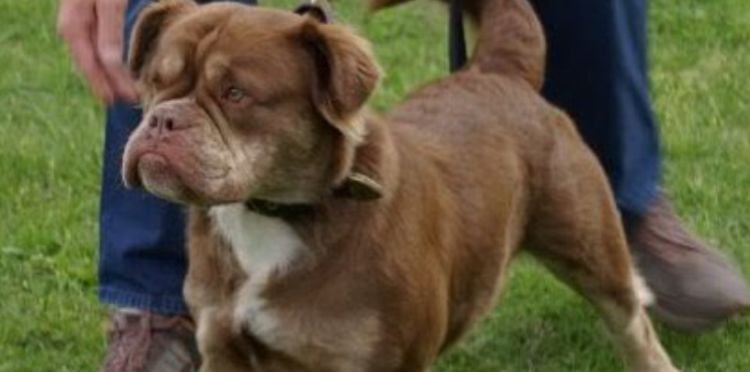15 Lovable But Dim-Witted Dog Breeds During Training

Brains aren’t everything when you’ve got personality to spare. Some dogs prefer following their instincts over commands, which makes them endlessly entertaining (and sometimes a little exasperating). They might be headstrong or just too busy being adorable to care about structured learning, but hey, who needs a diploma when you’ve got this much charm?
Afghan Hound

Graceful and independent, the Afghan Hound follows its own instincts. It is an ancient breed known for its silky coat, which prioritizes self-reliance. Patience and creativity are necessary when teaching new behaviors, as this regal canine prefers exploring its surroundings to structured learning.
Basenji

The Basenji was nicknamed the “barkless dog” and thrives on autonomy. Originating from Africa, the clever hound tackles problems instinctively rather than relying on direction. Its curious personality leads to amusing antics, which makes every training session an unpredictable experience requiring adaptability.
Bulldog

Relaxation is a priority for Bulldogs. Stubborn and endearing, these muscular companions were initially bred for bull-baiting but now enjoy a slow-paced lifestyle. Food incentives encourage engagement, though compliance depends entirely on their mood at the moment.
Chow Chow
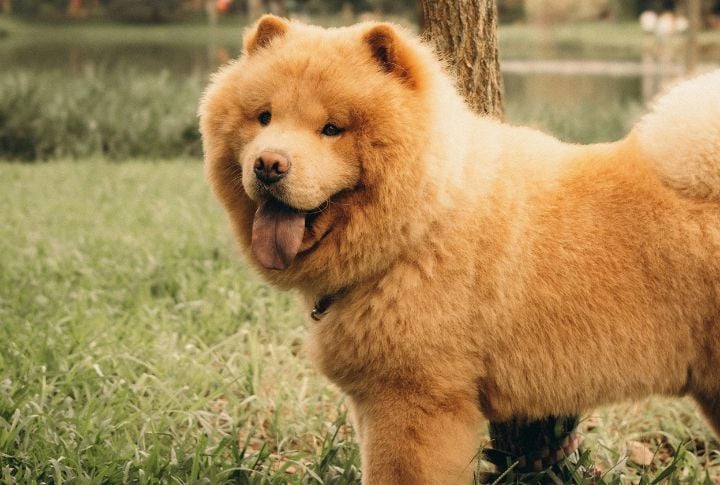
Commands mean little when Chow Chows bring their strong will to the table. Honored for generations in China, it favors choice over direction. Earning respect takes consistency, as bonds are formed on mutual terms. Few breeds demand understanding more than the Chow Chow.
Borzoi

The Borzoi, a Russian sighthound, relentlessly chases movement. Speed and agility define them, yet structured learning is not their thing. Training should incorporate engaging activities aligned with natural instincts to capture interest and improve responsiveness.
Bloodhound
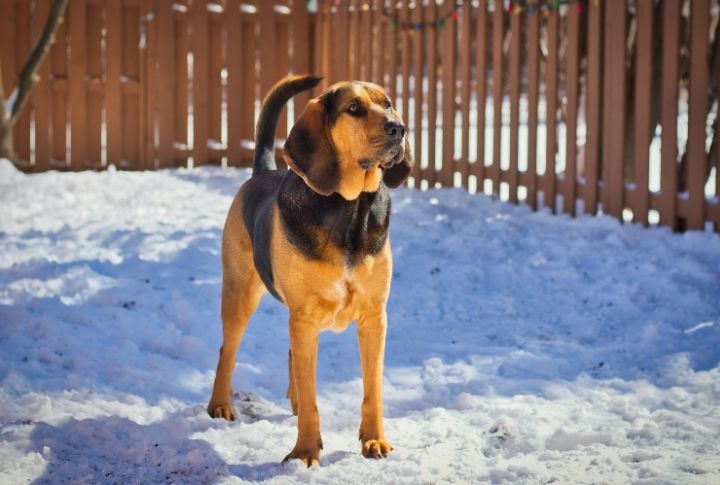
As a tracking expert, Bloodhound’s focus is unparalleled. Exceptional scent detection skills often override external input, which makes recall challenging. Though affectionate, distractions from interesting trails tend to outweigh obedience and demand patient reinforcement.
Pekingese

Pekingese expects admiration, not instruction, as it moves through the world with effortless grace. Its regal lineage traces back to the lavish halls of Chinese royalty. As a dog bred for companionship, it finds joy in being adored above all else. So, encouraging engagement requires patience.
Beagle
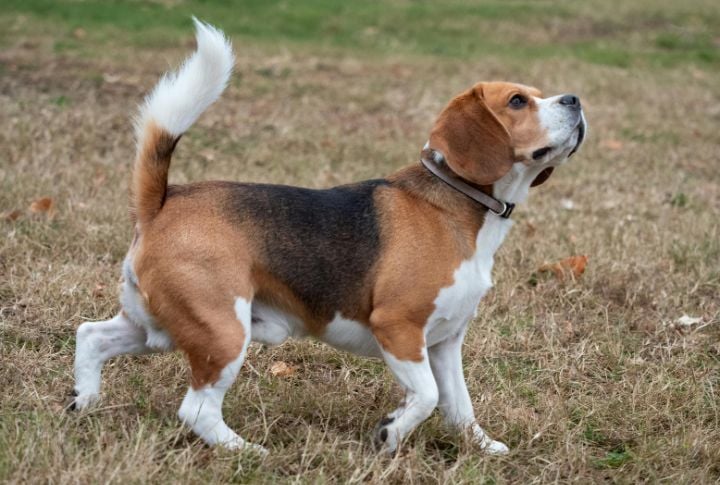
Beagles explore the world through scent, which takes precedence over structured training. Expect distractions during lessons, as their adventurous nature constantly seeks discoveries. Originally developed for tracking games, they follow trails with unwavering determination.
Mastiff
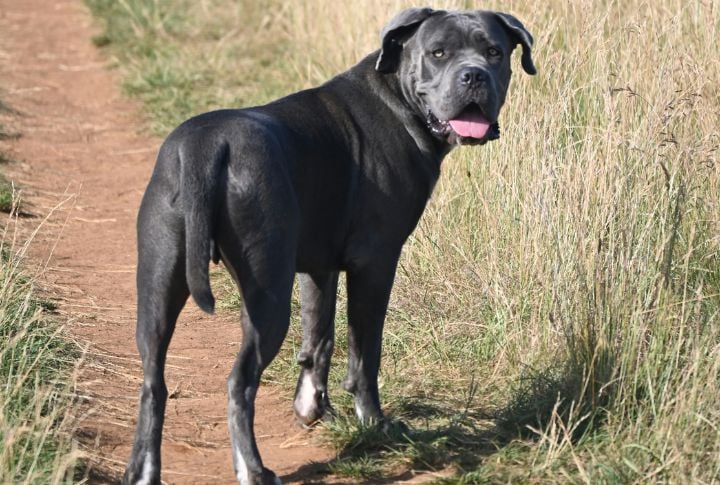
Centuries of selective breeding created a protector with patience and presence. Mastiff does best in a steady routine, where expectations are clear but not forceful. Trust is built through consistency, so expect responses to come on their own timeline.
Basset Hound
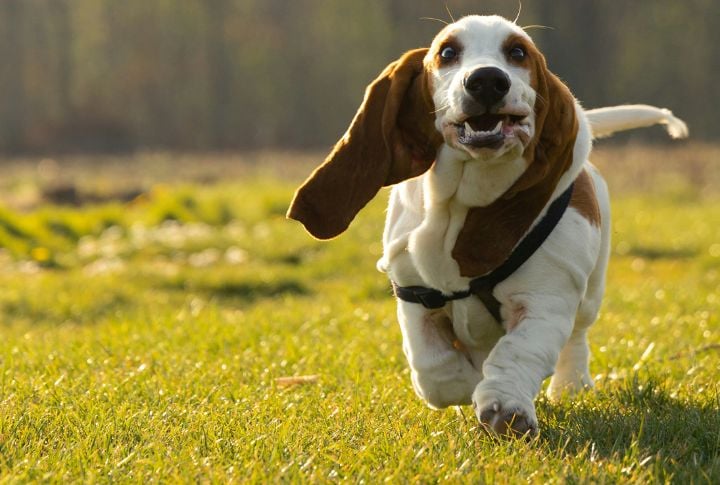
Can a determined nose ever be outmatched by a determined trainer? Its focus is relentless, with every scent leading to a new adventure. Success comes from working with instincts, not against them, a lesson well learned by anyone training a Basset Hound.
Shih Tzu
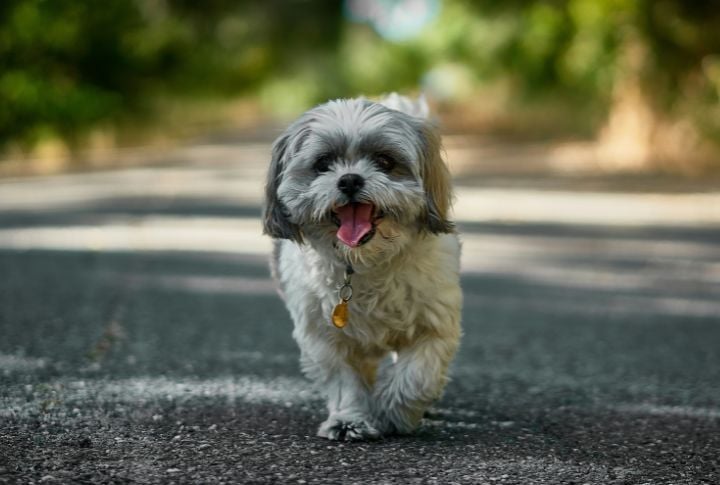
Designed for companionship rather than performance, the Shih Tzu enjoys being adored instead of completing tasks. This toy breed, once favored by Chinese royalty, engages only when sufficiently motivated. Gentle persistence ensures cooperation while preserving its cheerful spirit.
Lhasa Apso
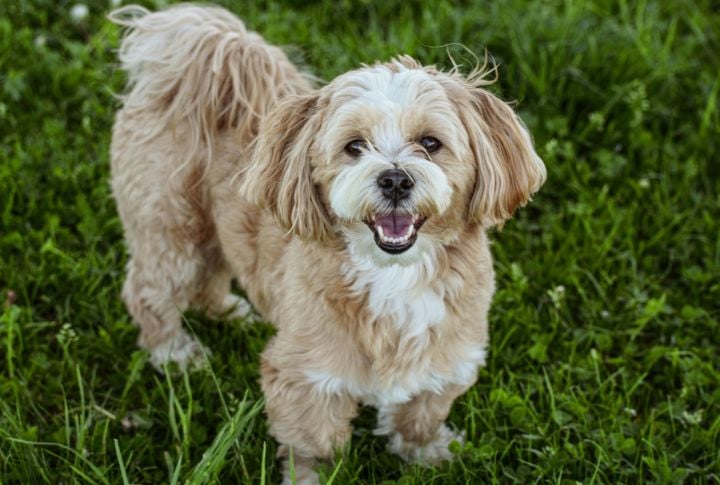
Lhasa Apso approaches the world with confidence and prefers autonomy over rigid instruction. Earning cooperation requires trust, as it responds best to respectful guidance. Exposure to new experiences helps shape a well-rounded temperament, much like those once guarding Tibetan monasteries.
Great Pyrenees

A true guardian works independently, stepping in only when needed. This breed assesses threats with patience, never rushing into action. Training refines its awareness, yet its instincts stay true to the role of the Great Pyrenees.
Old English Sheepdog

Fluffy but determined, the Old English Sheepdog thrives on independent thinking. They were developed for herding and excel at problem-solving rather than strict instruction. Engaging lessons that feel more like stimulating activities keep them involved and enthusiastic.
Chihuahua

How does a toy-sized dog make such a big impact? Natural confidence shapes its behavior and demands a patient approach to training. Firm but gentle guidance is the way to refine its spirited nature. Through socialization, you can build well-rounded habits.

